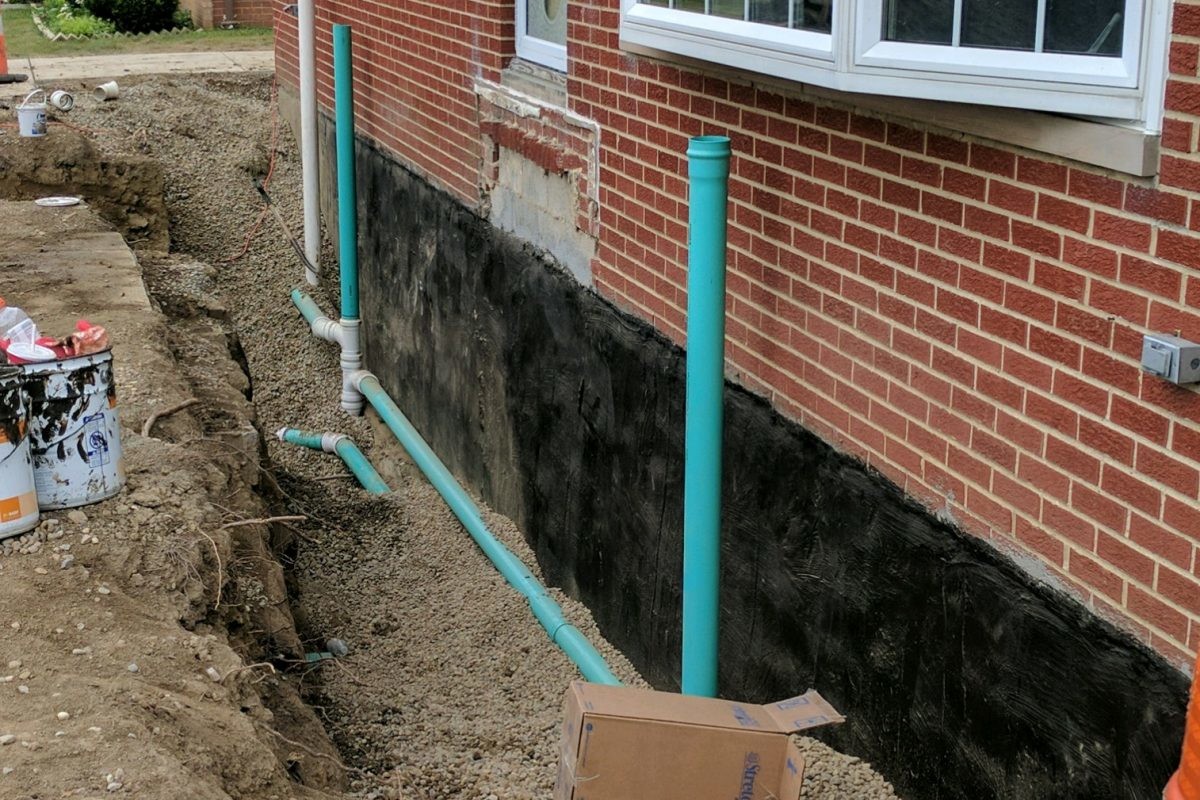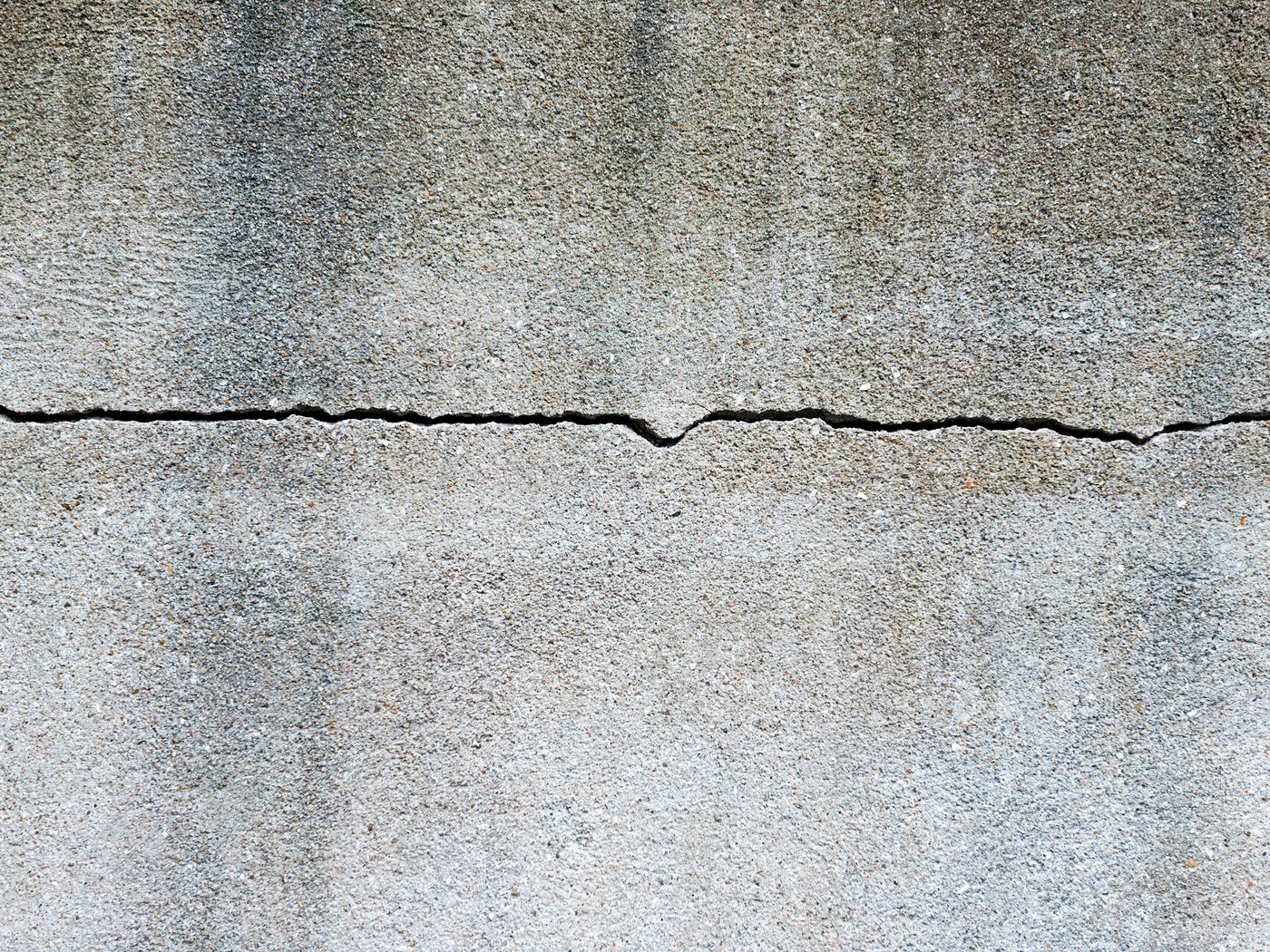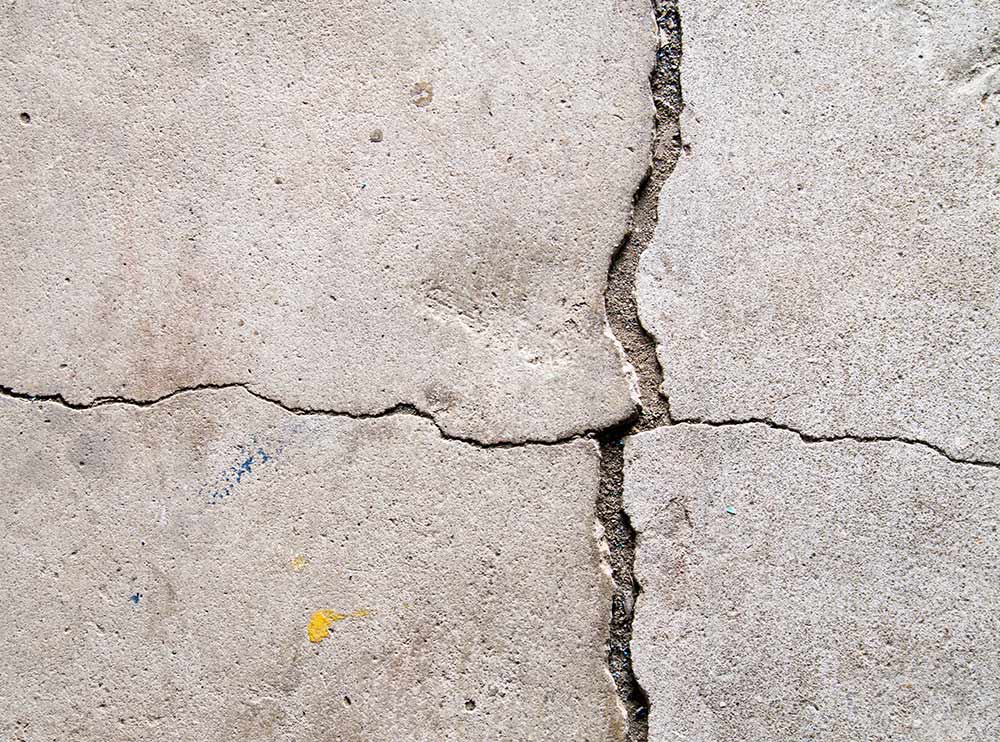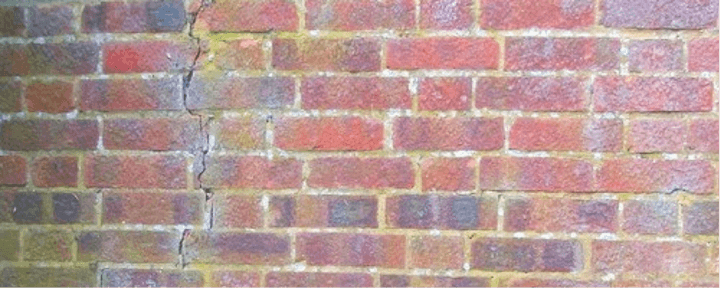- How to find the cause of high humidity in the basement
- 3 main types of waterproofing inside the basement
- How to properly do exterior waterproofing of the basement: the main steps
- No. 1: Dig a trench around the perimeter of the entire foundation
- No. 2: Inspect the foundation for cracks and seal them
- No. 3: On the outside of the foundation, attach a waterproofing membrane
- No. 4: Install a drainage mat
- No. 5: Finish the French drainage installation process
- No. 6: Backfill the trench
- What mistakes should not be made
Poor sealing outside basement walls can cause many problems. Water seepage cause significant damage to the foundation. To prevent serious problems by ensuring your basement is completely dry, you must waterproof it from the outside. Ideally, this process should be done while the building is still under construction. Still, at the same time, the sealing outside of the basement walls could be done at any convenient moment. It could be done in any monolithic concrete basement or block wall.
How to find the cause of high humidity in the basement
Suppose you want to check the moisture level in your basement and the waterproofing quality. In that case, it sticks a 1 square foot piece of aluminum foil on the inside of your basement wall and leave it for 24 hours.
Suppose condensation appears on the outer surface of the piece of foil. It indicates that the humidity in the basement is high. Here, you can use a portable household dehumidifier or correct the problem with a humidification system without using waterproofing materials.
Suppose condensation appears inside the foil (near the wall). The ground around the foundation may be naturally damp due to a high groundwater table or an inadequate soil drainage system. Then, basement waterproofing is indicated. The best way to solve the problem is to waterproof the exterior walls.
3 main types of waterproofing inside the basement
Before the best exterior basement waterproofing, it is worth paying attention to the interior. A variety of materials can be used. But the most effective should include the following 3 types.
Waterproofing coatings for concrete
Externally, the thick coating looks like cement. It perfectly adheres to the brick and concrete wall after drying. Spread the mortar with a special tampico bristle brush. The waterproofing concrete coating can not be applied to a previously painted surface. The cost of a 5-gallon bucket of the compound is $60.
Silicate Sealants
Silicate-based sealants could also be called sealants. They are applied only to walls without paint or sealant. The composition is quickly absorbed and reacts with components of brick or concrete. The result is a hard surface with excellent water resistance. The sealant penetrates deeply into the surface, so it does not peel off. The sealant is painted on top (first check the point on the label of the composition). Silicate-based sealants should be applied with a brush, roller or sprayer. One gallon of sealant costs $65. This is enough to cover a surface of 175-250 square feet in 1 coat. But keep in mind that you must apply the sealer in 2 coats minimum.
Acrylic Paint
The composition is very similar to simple wall paint. But you need to apply the paint for waterproofing much denser. Standard paint uses about 1 gallon per 300 square feet of the surface. While waterproofing, acrylic paint is applied with a brush, roller or sprayer at about 1 gallon per 75 square feet. Waterproof paint is easy to use on your own. At the same time, the compound can be applied to an already painted surface, or you can topcoat the paint after it has dried. The cost of 1 gallon of paint is $37.
How to properly do exterior waterproofing of the basement: the main steps
Suppose you are looking for the best way to waterproof exterior basement walls. In that case, we offer you step-by-step instructions from real professionals on properly performing these works. The task will be able to cope with even a non-professional without years of experience. You only need to follow the instructions clearly.
No. 1: Dig a trench around the perimeter of the entire foundation
First, you should dig a trench along the whole perimeter of the house. Continue digging to the base of the concrete foundation to gain full access to the outside of the basement. Sometimes the process can only do by dismantling decking and removing concrete sidewalks, walkways and landscaping.
No. 2: Inspect the foundation for cracks and seal them
It should be opened up as much as possible to get a complete picture of the foundation’s condition. After excavation, you can inspect the exterior walls for cracks and other defects. These factors lead to high humidity inside the basement, and water begins to penetrate there. If flaws are detected, it is worth eliminating them to ensure complete water tightness. For quality sealing cracks and other defects, it is best to use epoxy or polyurethane – these are the best options for concrete walls. Presented materials prevent the free flow of water between the interior and exterior parts of the foundation of the building.
No. 3: On the outside of the foundation, attach a waterproofing membrane
Concrete, used to build foundations, is a relatively porous material. Because of this, even if it does not show cracks on its surface, it could still let water and moisture through if the adjacent soil has a high water table. To prevent moisture from penetrating the concrete surface of the foundation, you need to attach a special waterproofing membrane on the outside.
The waterproofing of the house’s foundation could be carried out using different types of membranes. They may be on a synthetic rubber base (elastomeric membranes) or cellular, which consist of two layers, between which there are air pockets. Due to the latter, it is possible to minimize water pressure on the house’s base and create sure drainage. The selected membrane should cover the entire base of the building for maximum effectiveness. It should also protrude slightly above ground level.
No. 4: Install a drainage mat
Next, you should create a drainage mat with recesses. The material allows you to create an air gap between the wall and yourself so that moisture can easily escape into the drain. The drainage mat should be cut strictly according to the depth of the foundation. It will also help minimize lateral ground pressure on the foundation.
No. 5: Finish the French drainage installation process
The next step is to put in the French drainage. You could use a 4-inch pipe, put it at the house’s base, and lower the water level below the basement. In addition, an excellent result will be achieved by installing maintenance holes for cleaning. This will make it much easier to access maintenance.
No. 6: Backfill the trench
Before backfilling the trench, it is definitely worth checking the condition of the building base drainage. Once all work has been completed, you can backfill the trench with gravel and install the French gutter to create quality waterproofing. The poured gravel should be 18 inches from the soil level for earthen areas and 4 inches from the ground level, where the cement will be poured.
What mistakes should not be made
To ensure that your seal basement from outside meets all standards and provides a comfortable living environment in your home, there are some things you should avoid:
- Do not use resin in this process. Over time, the material becomes brittle, so it cracks, and all the work will go to waste.
- Do not use plastic or materials similar to it. Otherwise, the selected material delaminate from the walls, and moisture will begin penetrating into the basement.
- Do not backfill the trench with limestone. The material will only reduce drainage efficiency or clog it. Gravel is great for this task.
Suppose you want to find the best way to waterproof the basement from the outside and conduct quality work with minimal effort. In that case, you should turn to real professionals. They will examine the object, offer the best solution, and cope with the task in the specified time.




